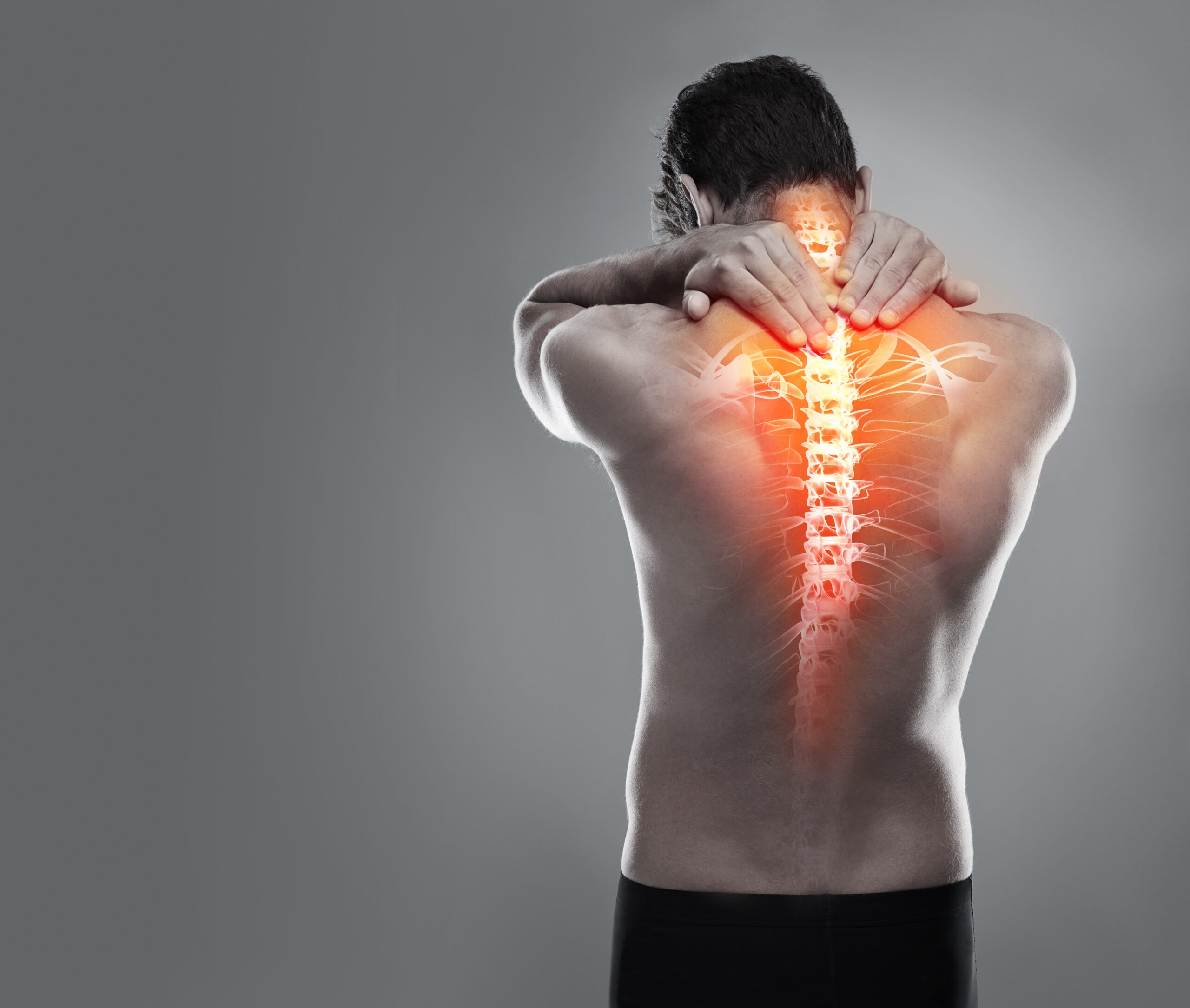Table of Contents

New research reveals higher protein intake may be the missing key to maintaining strong bones and preventing osteoporosis, especially after age 40 when bone density naturally begins to decline.
At a Glance
- Peak bone density typically occurs by age 30, after which bones gradually lose density, making prevention strategies crucial for adults over 40
- Research indicates current protein recommendations may be too low for optimal bone health, with experts suggesting women need at least 100 grams daily
- A comprehensive bone health strategy includes weight-bearing exercise, adequate calcium and vitamin D intake, and regular health check-ups
- Nutritional factors beyond calcium—including vitamins K, C, magnesium, zinc, and omega-3 fatty acids—play important roles in maintaining bone strength
The Protein-Bone Connection
Protein has long been associated with muscle health, but its critical role in bone maintenance is often overlooked. Recent studies suggest that insufficient protein intake is a significant risk factor for osteoporosis. Protein provides the building blocks for bone tissue and supports the constant remodeling process that keeps bones strong throughout life. Higher protein consumption has been linked to slightly higher bone mineral density, particularly in women, who face increased osteoporosis risk after menopause when protective estrogen levels decline.
Beyond supporting bone health, adequate protein intake benefits multiple body systems including muscle synthesis, hormone production, immune function, gut health, and energy production. For optimal bone density, nutrition experts recommend aiming for at least 30 grams of protein per meal from quality sources like dairy, fish, poultry, legumes, and nuts. This approach helps maintain the protein-calcium balance necessary for strong bones without causing calcium depletion that can occur with excessive protein intake.
Building Your Bone Bank Before It's Too Late
Most adults don't think about bone health until problems arise, but understanding the concept of a "bone bank" can change this perspective. Peak bone density typically occurs by age 30, creating a reserve that gradually diminishes with age. After this peak, the focus shifts from building to maintaining bone density. This biological timeline makes both early prevention and ongoing maintenance crucial for avoiding osteoporosis, a condition that increases fracture risk and affects mobility and independence later in life.
For adults over 40, the Recommended Dietary Allowance (RDA) for calcium is 1,200 mg per day for women and 1,000-1,200 mg for men, though individual needs may vary. While dairy products are excellent calcium sources, leafy greens, fortified plant milks, and canned fish with bones also provide this essential mineral. Vitamin D, often called the "sunshine vitamin," plays a critical role in calcium absorption and bone mineralization, with many adults requiring supplementation, especially those living in northern climates or with limited sun exposure.
— Dr. Joseph Mercola (@mercola) March 13, 2024
Move It or Lose It: Exercise for Bone Strength
The phrase "move it or lose it" perfectly captures the relationship between physical activity and bone health. Research consistently demonstrates that inactivity leads to bone loss, while regular exercise stimulates bone formation and maintenance. Weight-bearing activities that force you to work against gravity—such as walking, jogging, hiking, dancing, and resistance training—provide the mechanical stress that bones need to remain strong. These exercises are particularly effective when performed consistently throughout life.
For optimal bone benefits, health experts recommend incorporating both weight-bearing aerobic activities and strength training exercises at least twice weekly. Strength training using weights, resistance bands, or body weight exercises targets specific muscle groups, which in turn strengthens attached bones. Balance exercises like yoga and tai chi, while not directly building bone, can reduce fall risk—an important consideration since falls are the leading cause of fractures in older adults with compromised bone density.
Beyond Calcium: The Supporting Cast of Bone Nutrients
While calcium and vitamin D receive the most attention for bone health, several other nutrients play crucial supporting roles. Vitamin K, found in leafy greens and fermented foods, helps activate proteins that incorporate calcium into bone tissue. Vitamin C, abundant in fruits and vegetables, is essential for collagen production—the structural framework upon which bone mineralization occurs. Magnesium and zinc, found in nuts, seeds, and whole grains, assist with calcium absorption and bone cell formation.
Omega-3 fatty acids found in fatty fish, walnuts, and flaxseeds offer anti-inflammatory benefits that help protect against bone loss. These nutrients work synergistically, highlighting why a varied diet rich in whole foods provides better bone protection than focusing on individual supplements. For those at high risk of osteoporosis, including post-menopausal women and adults with certain medical conditions, regular bone density screenings and consultation with healthcare providers about potential supplement needs can provide personalized protection for long-term bone health.
Sources:
https://news.llu.edu/health-wellness/building-strong-foundations-essential-tips-bone-health
https://orthoinfo.aaos.org/en/staying-healthy/exercise-and-bone-health
https://theros.org.uk/information-and-support/bone-health/nutrition-for-bones/
https://www.gradyhealth.org/blog/10-ways-to-keep-your-bones-healthy/
https://www.nhs.uk/live-well/bone-health/food-for-strong-bones/
https://www.health.harvard.edu/staying-healthy/essential-nutrients-your-body-needs-for-building-bone
https://www.henryford.com/blog/2022/02/how-to-eat-better-to-support-stronger-bones
